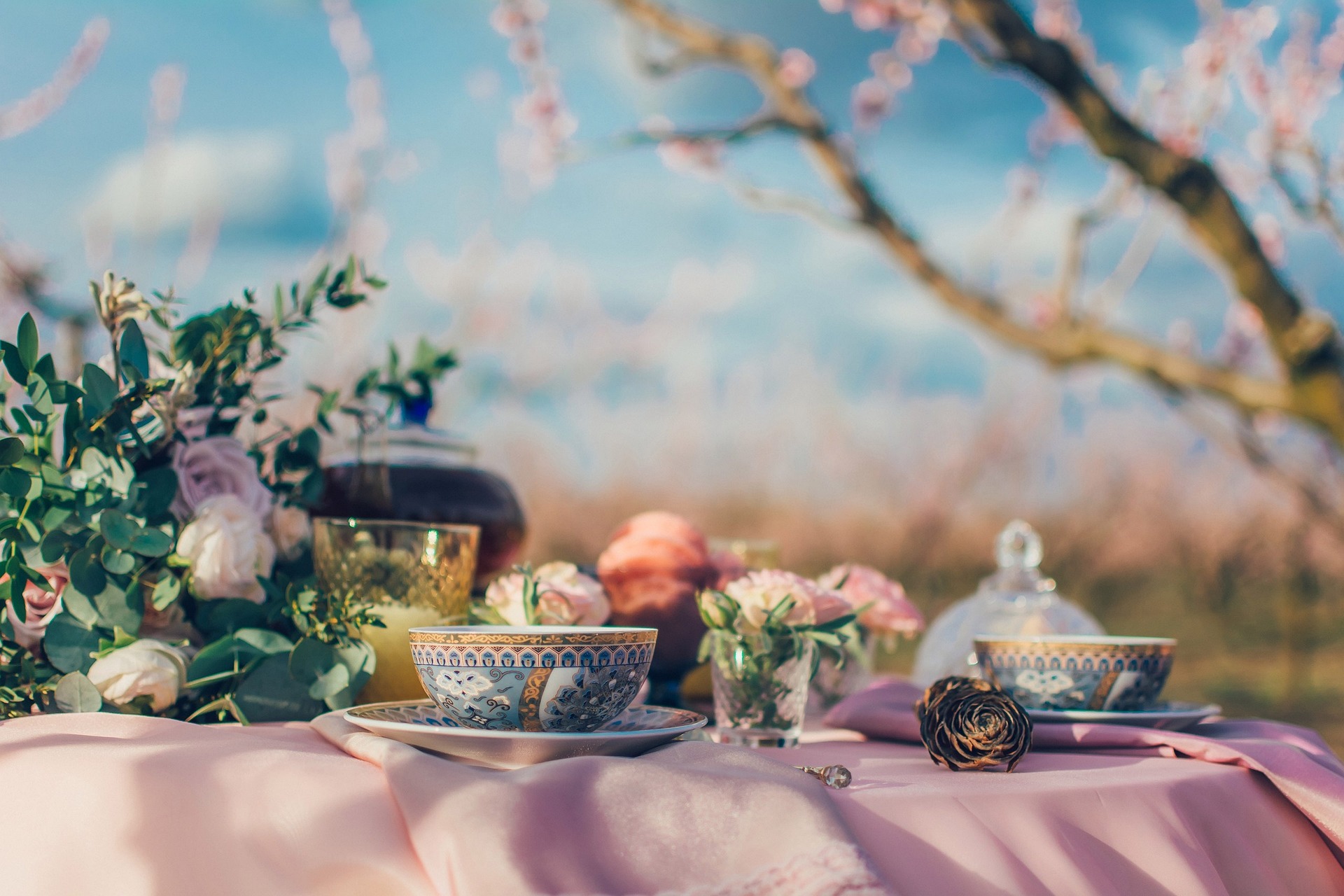True Brew: Unraveling the Art of Authentic Japanese Tea
Venture into a realm of flavors with this invigorating journey into the authentic world of Japanese tea. From cultivation to consumption, grip your cups tight for this deep dive into an intricate culinary tradition.

The Verdant Field: Tea Cultivation in Japan
Known for their fine porcelain-cast friends, Japan brims with a deep-rooted respect and dedication for tea cultivation. The key lies in ‘shade-grown’ techniques applied for several weeks before harvest. This strategy heightens the leaves’ chlorophyll levels, enhancing that signature emerald hue and sweet undertones synonymous with Japanese teas. Interestingly, this process also increases the calming amino acid known as L-theanine, granting Japanese tea its anxiety-relieving properties.
Steeping in History: Ancient Tea Ceremonies
Diving into Japanese tea isn’t merely to quench your thirst; it’s an invitation into a rich cultural heritage. Traditional tea ceremonies, “The Way of Tea,” place great emphasis on aesthetics, tranquility, and mindfulness. The minimalistic design, carefully chosen tea utensils, and meticulous rituals: every detail contributes to the tea’s sublime flavor and the overall sensory experience.
Green Gold: Matcha Madness
You might associate Matcha with trendy lattes, but there’s so much more to this vibrant powder. Originating from hand-picked Tencha leaves, the preparation of Matcha unfolds into an art form. Stone grinders gently mill these shade-grown leaves into a fine powder that packs an intense umami punch and a wealth of antioxidant properties.
Radical Refreshment: Cold Brew Green Tea
While hot tea remains a Japanese winter staple, the warmer months call for a blast of chills. Cold Brew Green Tea is the answer! Think lesser astringency, deeper flavor, and a mild caffeine kick. This variant is especially rich in catechin antioxidants due to lengthy steeping at lower temperatures.
A Word on Quality: The Luxury of Loose Leaves
Quality matters when it comes to exquisite tea experiences. Despite the convenience of tea bags, loose leaves maintain their natural shape and quality. Therefore, they release complex flavors and aromas more effectively during brewing. Simply said, loose leaf equals lavish taste.
Tea Snippets:
- Japanese tea houses keep water temperature below boiling level for optimum brewing.
- Matcha tea is rich in antioxidant catechins, particularly EGCG, known for its cancer-fighting properties.
- The 30-minute traditional Japanese tea ceremony was born from Zen Buddhism’s principles.
- To make cold brew tea, steep loose green tea leaves in brisk, filtered water for about 6-8 hours.
- Loose leaf teas can be re-steeped 2-3 times, as each steep unveils a different flavor profile.
Much more than just a humble beverage, Japanese tea is a canvas wherein art, cuisine, and philosophy intertwine. It exemplifies an embodied mindfulness, reflecting the culture’s appreciation for beauty in simplicity. Undeniably, exploring this culinary path delivers ample room for continuous learning and delightful surprises. So, whether you’re an amateur just tasting the waters, or a seasoned tea connoisseur, Japanese tea promises an unmatchable experience, both flavorful and profound. Uncover nuances in each sip, and immerse deeper into the remarkable world of tea.




